In this article, we will explore how virtual reality is shaping the world of photography and discuss its impact on the industry.
Enhancing Visual Experience
Virtual reality presents a transformative approach to photography by transporting individuals into a virtual world, enhancing their visual experience. Through VR headsets, viewers can be fully immersed in a photograph, allowing them to explore the scene from different angles. This interactive aspect of VR photography enables individuals to feel as though they are physically present in the captured moment, adding depth and realism to the art form.
Key Takeaways:
- Virtual reality enhances the visual experience of photography by immersing viewers in a virtual world.
- VR allows individuals to explore photographs from different angles, creating an interactive and immersive experience.
Preserving Memories in 360 Degrees
VR photography introduces 360-degree capturing capabilities, enabling photographers to preserve entire scenes and environments. Unlike conventional photography, which captures limited perspectives, VR photography allows for a comprehensive view of the surroundings. This unrestricted field of view provides viewers with a more holistic representation, fostering a stronger connection with the captured moment.
Furthermore, this technology proves particularly crucial in fields such as journalism and travel photography. Journalists can document events or locations in their entirety, ensuring that nothing is missed. Similarly, travel photographers can transport individuals to breathtaking destinations, allowing them to explore every corner and experience the location in a more immersive manner.
Key Takeaways:
- VR photography offers a 360-degree capturing capability, preserving entire scenes and environments.
- It allows for a more comprehensive view of surroundings, fostering a stronger connection with the captured moment.
- Perfect for journalism and travel photography, VR ensures complete documentation and immersive destination experiences.
Unveiling Hidden Worlds
Virtual reality is not confined to capturing the physical world alone. It opens up avenues to explore imagined or digitally created realms. Photographers can now translate their imagination and creativity into virtual works of art. By constructing vivid and immersive digital landscapes, photographers have the ability to generate completely new worlds, introducing viewers to unseen or unimaginable realities.
This innovation is particularly advantageous in areas like architecture and product visualization. Architects can create VR experiences allowing clients to virtually walk through and explore their future constructions. Product designers can display their creations in lifelike virtual showrooms, providing buyers with a realistic preview of their offerings.
Key Takeaways:
- Virtual reality enables the creation of imagined or digitally rendered worlds, expanding the artistic freedom of photographers.
- Photographers can construct immersive digital landscapes, unveiling unseen or unimaginable realities.
- Benefits architectural and product visualization by allowing virtual exploration and realistic previews.
Breaking Barriers for Accessibility
Virtual reality has the potential to break down barriers and make photography and art accessible to all. Through VR experiences, individuals with physical disabilities can virtually visit places they may not be able to experience otherwise. Museums and art galleries can offer immersive virtual tours, allowing art enthusiasts from around the world to explore their collections regardless of their physical location.
Moreover, VR photography is advancing storytelling by providing a platform for cultural preservation. Communities and cultures can document their traditions and heritage in an expansive and immersive manner, ensuring their stories are not lost over time. This preservation of cultural diversity is an invaluable asset, fostering understanding and appreciation among diverse populations.
Key Takeaways:
- VR photography enables virtual experiences for individuals with physical disabilities, making art and photography accessible to all.
- Museums and art galleries can offer immersive virtual tours, reaching audiences globally.
- Preserves cultural heritage and traditions in a comprehensive and immersive manner, promoting understanding and appreciation.
In Conclusion
Virtual reality is revolutionizing the field of photography, unlocking unseen realms and expanding the visual experience for both photographers and viewers. By enhancing immersion, enabling 360-degree capture, unveiling hidden worlds, and breaking accessibility barriers, VR photography is redefining the art form and pushing the boundaries to new dimensions.
So what are you waiting for? Step into the world of virtual reality photography and embark on an unforgettable journey where imagination meets reality.
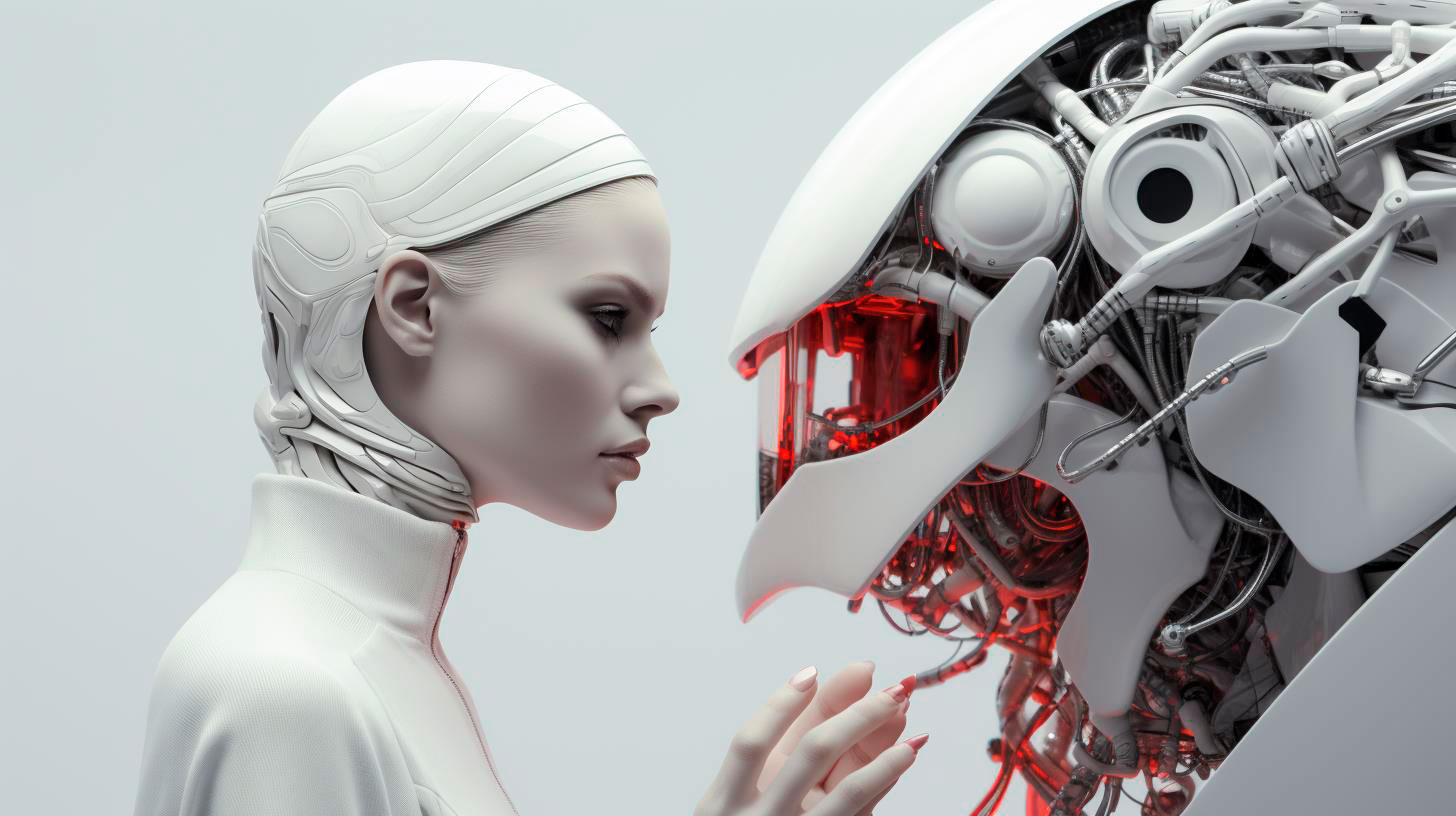
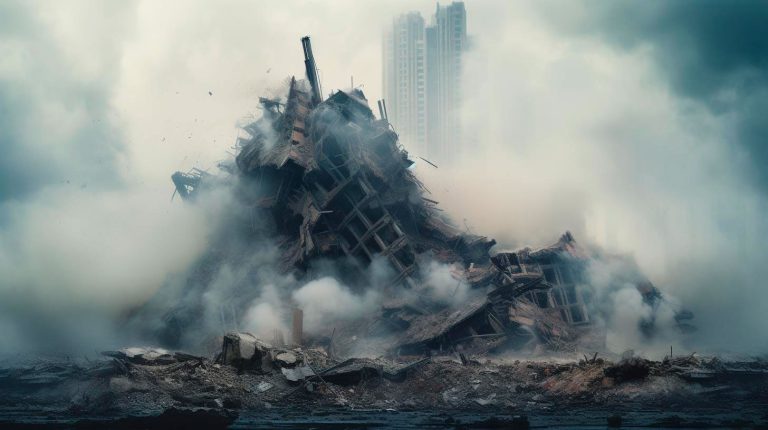
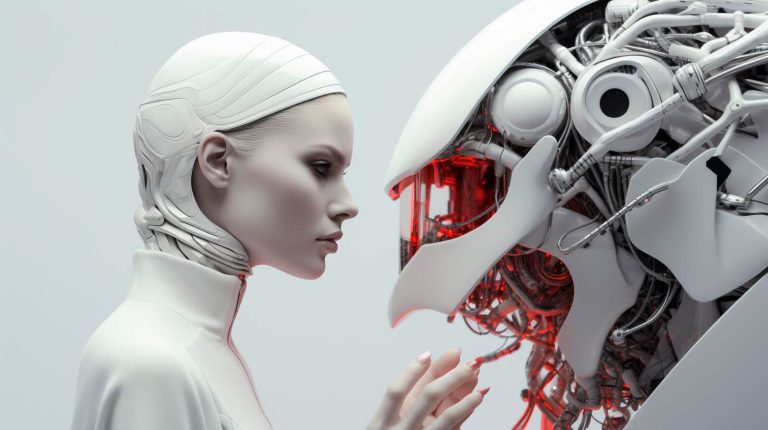
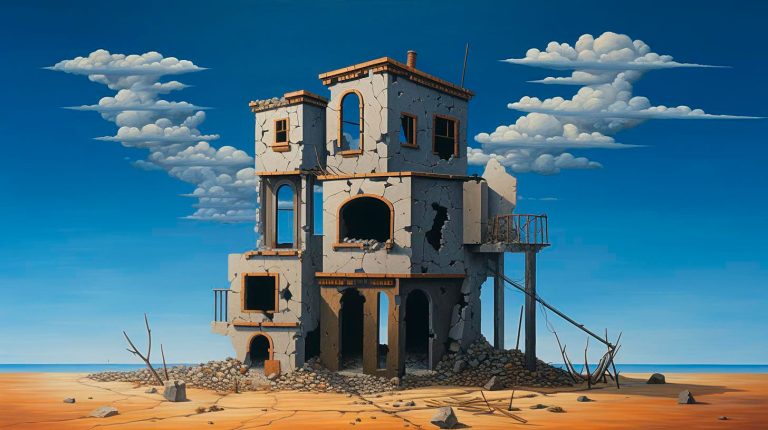
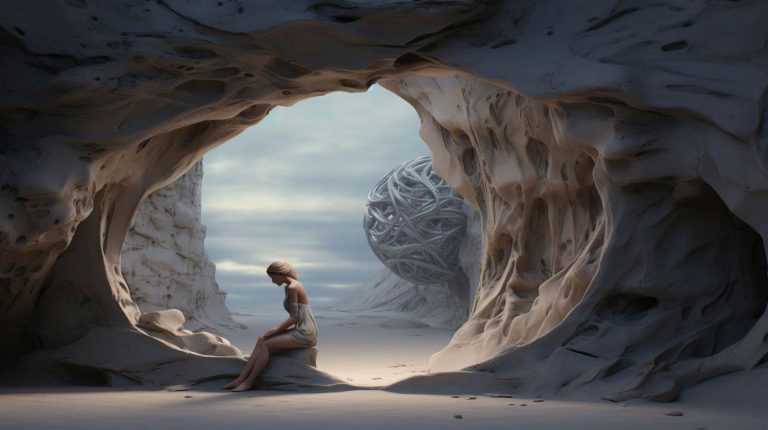

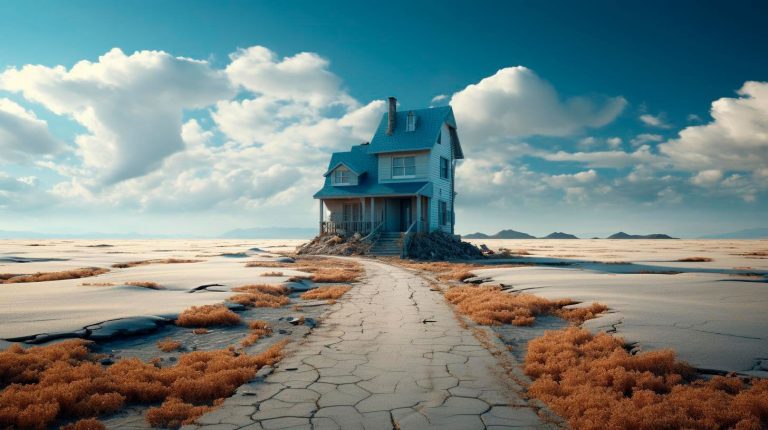


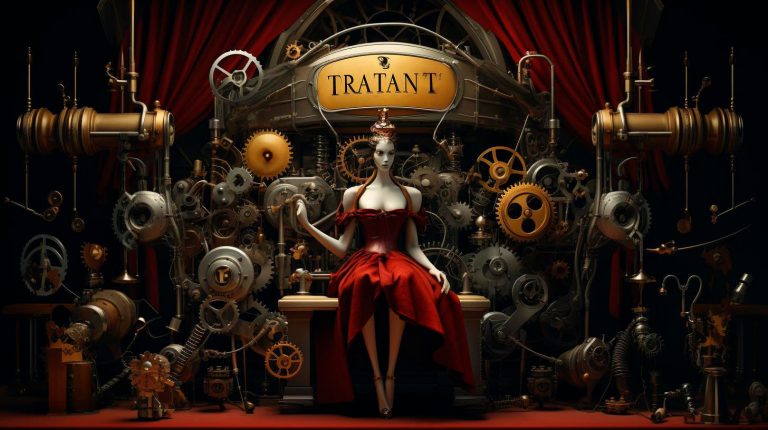
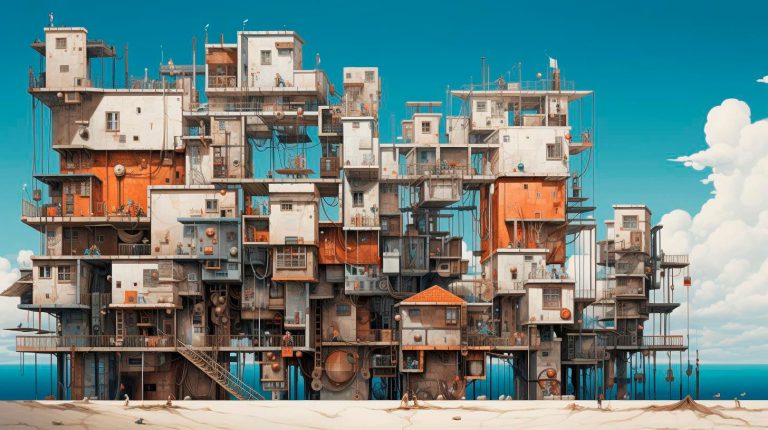
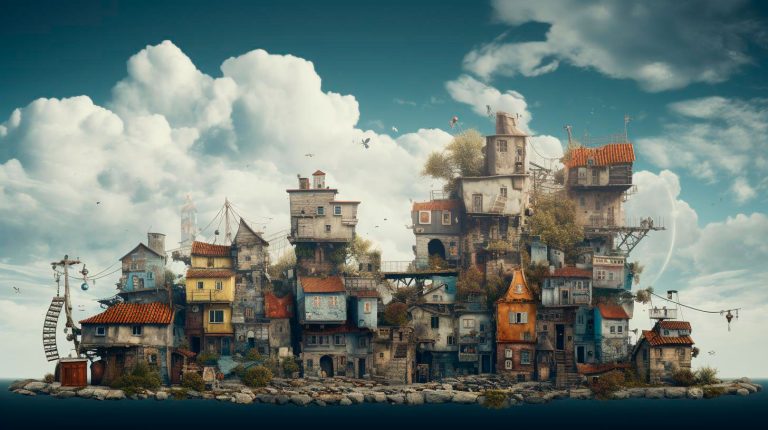








+ There are no comments
Add yours